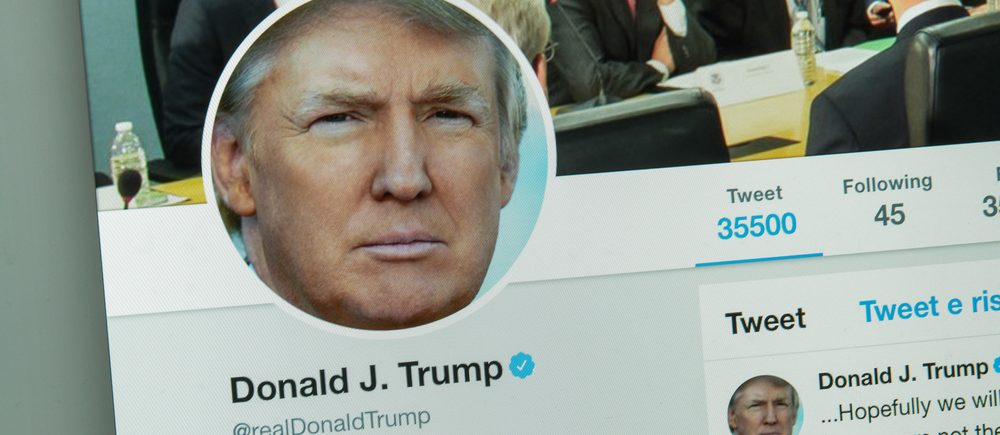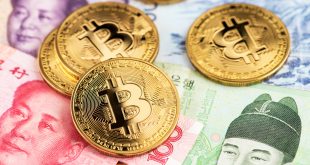A Week of Trade Talks and Market Momentum
This week, global markets buzzed with optimism as President Donald Trump’s trade negotiations took center stage, sparking debates about their potential to reshape America’s economic landscape. On July 28, 2025, U.S. and Chinese officials convened in Sweden to hammer out trade details, just a day after Trump and the European Union sealed a deal hailed as a “huge” win for both sides. These developments, coupled with agreements inked with Japan, the United Kingdom, Vietnam, Indonesia, and partial progress with China, have eased fears of tariff-driven disruptions, lifting U.S. stocks to record highs. Yet, as markets soar, questions linger: Will these trade deals deliver lasting prosperity for the U.S. economy, or are they a fleeting boost amid simmering global tensions?
Trade Deals: A Global Economic Reset?
Trump’s trade strategy has yielded tangible results. The U.S.-Japan agreement slashed tariffs from 25% to 15% and included a $550 billion American investment pledge, sending Japanese auto stocks like Toyota soaring by 5.2% and propelling the Nikkei 225 up 4.1%. Deals with the U.K., Vietnam, and Indonesia have further calmed markets, while talks with Canada, South Korea, India, and the EU press on toward an August 1 deadline. A partial accord with China has also reduced uncertainty, though challenges remain. Economic forecasts now project lower inflation and steadier growth for 2025, reflecting diminished tariff risks. However, failure to finalize remaining deals could double the effective U.S. tariff rate to 20%, potentially hiking consumer prices by 1-2%. The administration’s push to classify copper as a critical mineral, possibly raising tariffs to 50%, signals a bold move to bolster domestic industries, fueling stockpiling and industrial demand.
Trump’s trade deals promise a new era of economic opportunity, but their effects on American consumers and small businesses are a mixed bag. Lower tariffs, like the 15% rate with Japan, could cut costs for imported goods such as electronics, clothing, and auto parts, offering relief to households grappling with 3.2% inflation. However, if remaining deals falter, a potential 20% effective tariff rate could raise input costs for small businesses, particularly retailers and manufacturers reliant on global supply chains. These firms, employing nearly half of U.S. workers, face a double-edged sword: reduced trade barriers open export markets and could create jobs in sectors like agriculture and tech, but unresolved talks risk squeezing margins. As consumers eye savings and businesses brace for volatility, the success of these agreements hinges on swift resolution before the August 1 deadline.
Markets Respond with Record Highs
The S&P 500 climbed 1.5% to 6,395.82, the Nasdaq rose 1.0% to 21,108, and the Dow gained 1.3% to 44,902, marking 11 record highs in the past 30 days. Corporate earnings fueled the rally, with 67% of 167 S&P 500 companies beating revenue forecasts and 83% surpassing earnings expectations, delivering 4.76% revenue growth and 8.29% earnings-per-share growth year-over-year. Big banks like J.P. Morgan (+3.1%) and tech giants like Alphabet (+4.38%) led the charge, though Tesla stumbled 4.12% on weak revenue. The so-called Magnificent 7 tech firms are set to outpace others with 14% earnings growth, capitalizing on a weaker dollar (down 2% year-to-date) that boosts their 40% international revenue share. Despite the euphoria, speculative fervor in “meme stocks” like GameStop, with 20% price swings, hints at market froth, though investor sentiment remains below euphoric levels, with only 35% of individual investors bullish.
Commodities: Mixed Signals Amid Trade Optimism
Gold dipped 2.5% to $3,337.07 per ounce after hitting $3,425.94, reflecting eased geopolitical tensions, with forecasts eyeing $3,675 by year-end due to central bank buying and Chinese demand. WTI crude oil fell 1.8% to $65.00 per barrel, down from a mid-week peak of $66.50 as Middle East supply fears subsided; projections point to $54 by December 2025 due to a 1.2 million barrel-per-day surplus from non-OPEC producers. Silver held steady at $39.50 per ounce, with a bullish outlook at $42 by year-end, while copper rose 2.3% to $8,900 per ton, driven by renewable energy demand and potential 50% tariffs. Bitcoin steadied at $119,100, buoyed by pro-crypto legislation, with Ethereum up 1.2% at $3,610.
Federal Reserve in the Spotlight
The Federal Reserve’s upcoming July 29-30 meeting looms large, with rates expected to hold at 4.25%-4.50% amid 3.2% core inflation and a 4.2% unemployment rate. Markets see a 69% chance of a 25-basis-point cut in September, though Trump’s recent visit to Fed headquarters, where he called Chair Jerome Powell a “good man” while discussing renovation costs, has raised eyebrows about political pressure. With Trump’s term nearing its 2026 end, speculation about Powell’s replacement grows, though safeguards like Senate confirmation and majority voting by the 12-member Federal Open Market Committee ensure data-driven decisions. A lawsuit to make Fed meetings public, set for review on July 28, adds scrutiny. Powell’s July 30 press conference and the August Jackson Hole symposium will signal whether 2026 brings rate cuts toward a 3%-3.5% neutral rate.
What’s Next for the U.S. Economy?
As Trump’s trade deals reshape global commerce, their impact on American consumers, businesses, and investors remains a hot topic. Will reduced tariffs lower prices and spur growth, or will unresolved talks reignite inflation fears? The week ahead brings critical data, including the Fed’s rate decision, second-quarter GDP estimates, nonfarm payrolls, and earnings from tech titans like Microsoft and Amazon. For now, markets ride a wave of optimism, but volatility lurks as summer winds down. Investors are eyeing opportunities in large- and mid-cap stocks in finance, healthcare, and consumer goods, alongside 7-10-year bonds yielding around 5%, ready to pounce on any dips.
 Noor Trends News, Technical Analysis, Educational Tools and Recommendations
Noor Trends News, Technical Analysis, Educational Tools and Recommendations





